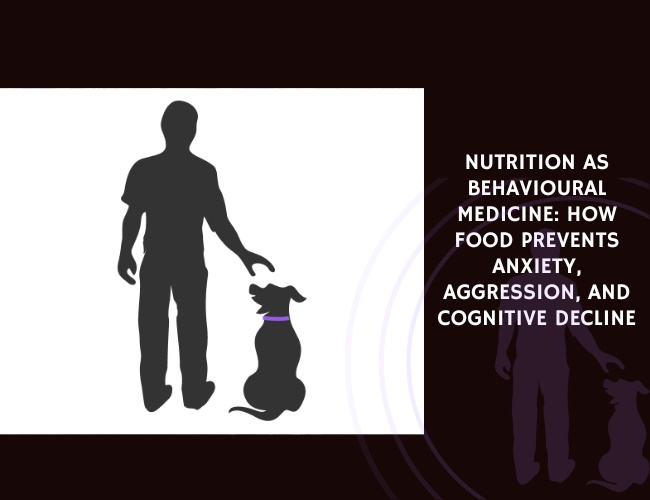Domestic dogs (Canis lupus familiaris) are often considered opportunistic feeders, yet new research in Behavioral Ecology suggests they maintain a strikingly consistent macronutrient balance when allowed to self-select food. Hewson-Hughes and colleagues (2012) tested five breeds of adult dogs using a nutritional geometry framework to explore how canines manage protein, fat, and carbohydrate intake.
The study found that dogs regulated their intake to a target ratio of approximately 30% protein, 63% fat, and 7% carbohydrate (by energy). This dietary balance was consistent across breeds, despite differences in size, morphology, and traditional functional roles. When first exposed to novel diets, dogs initially consumed slightly less fat, but learning quickly adjusted their choices toward the target macronutrient ratio.
Interestingly, while nutrient ratios were tightly controlled, the total energy intake exceeded calculated maintenance requirements. This suggests that evolutionary pressures favored macronutrient balance over caloric precision, a finding consistent with studies in domestic cats. Such preferences may reflect ancestral feeding strategies rooted in carnivorous diets, where prey composition guided nutrient intake.
The findings provide valuable insight into canine nutrition, supporting the idea that diet formulation for modern dogs should respect their innate macronutrient targets. Understanding these evolutionary dietary strategies may help pet owners and industry professionals design foods that align with natural canine preferences, promoting long-term health and well-being.
Source: Hewson-Hughes, A. K., Hewson-Hughes, V. L., Colyer, A., Miller, A. T., McGrane, S., Hall, S. R., Butterwick, R., Simpson, S., & Raubenheimer, D. (2012). Geometric analysis of macronutrient selection in breeds of the domestic dog, Canis lupus familiaris. Behavioral Ecology, 24, 293–304. Published December 17, 2012.










